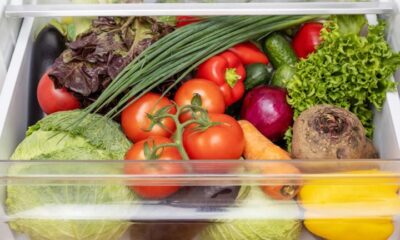In today’s fast-paced world, convenience often comes at a cost—especially when it comes to food. Many popular items in the American diet are loaded with sugar, salt, unhealthy fats, and artificial ingredients that can harm your health. By identifying and avoiding these foods, you can make smarter choices and prioritize your well-being. Here are the 20 unhealthiest foods in the US today.
Deep-Fried Oreos
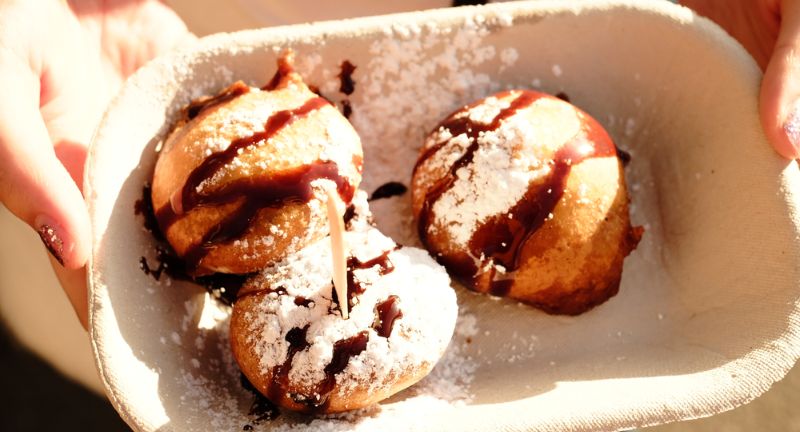
Shutterstock
Deep-fried Oreos are a fairground favorite but come with high levels of sugar, fat, and calories. The frying process adds unhealthy trans fats, increasing the risk of heart disease and obesity. While they may taste indulgent, their nutritional profile is far from beneficial. It’s best to enjoy these sparingly, if at all.
Sugary Breakfast Cereals
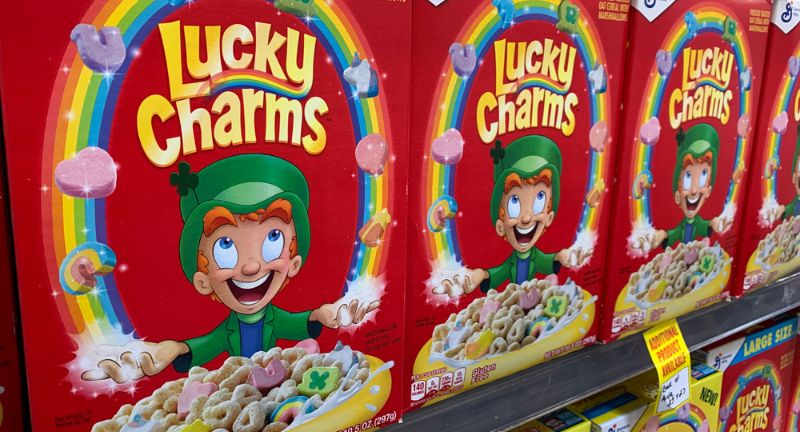
Shutterstock
Many breakfast cereals marketed to children and adults are loaded with sugar and lack essential nutrients. Starting your day with a sugar spike can lead to energy crashes and increased hunger later on. Opting for whole-grain, low-sugar options can provide lasting energy and better health benefits. Avoid cereals with bright colors and cartoon characters, as they often signal high sugar content.
Processed Meats
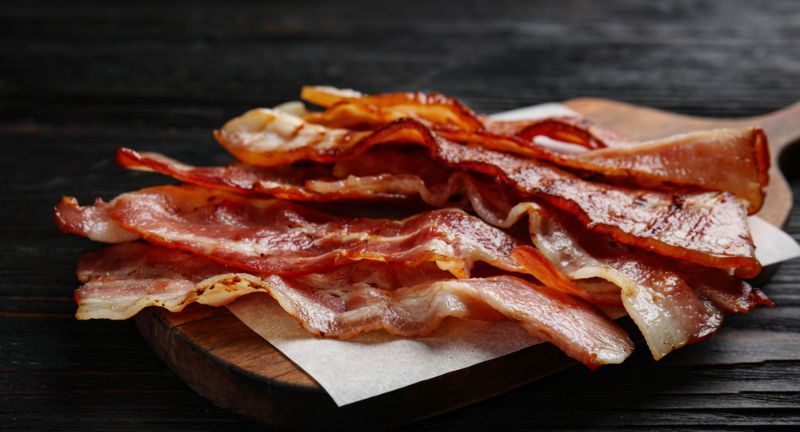
Shutterstock
Hot dogs, bacon, and deli meats are highly processed and often contain preservatives like nitrates and nitrites. These chemicals have been linked to an increased risk of cancer and heart disease. The high sodium content in processed meats can also contribute to hypertension. Choosing fresh, unprocessed meats is a healthier option.
Soda
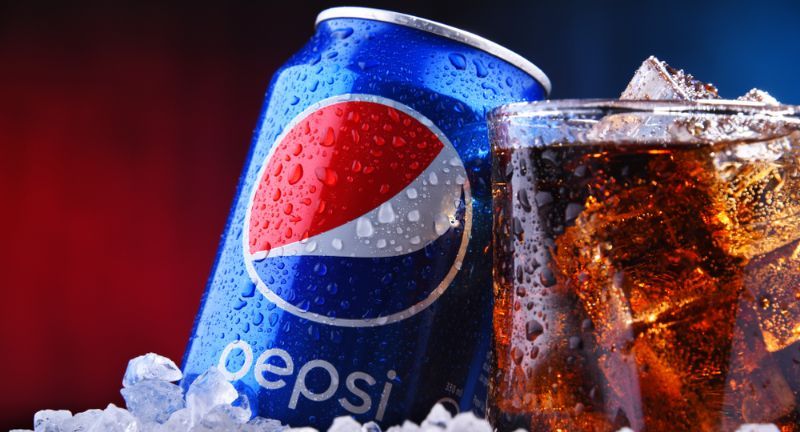
Shutterstock
Soda is one of the leading sources of added sugar in the American diet, with zero nutritional value. Regular consumption is linked to obesity, diabetes, and tooth decay. Even diet sodas, which contain artificial sweeteners, have been associated with health risks. Replacing soda with water or unsweetened beverages is a simple way to improve your health.
Frozen Pizzas

Shutterstock
Frozen pizzas are convenient but often packed with sodium, preservatives, and unhealthy fats. The high-calorie content combined with low-quality ingredients makes them a poor choice for regular meals. Making your own pizza with fresh ingredients can provide a healthier alternative. It’s a simple switch that benefits both your wallet and your waistline.
Store-Bought Baked Goods
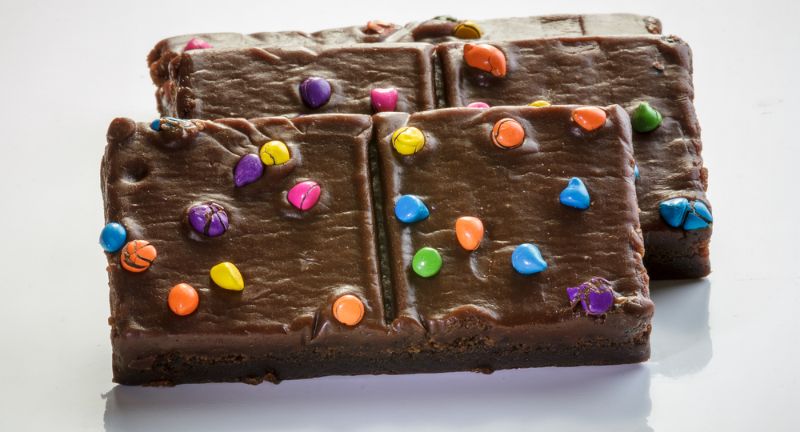
Shutterstock
Packaged cookies, cakes, and pastries often contain high levels of sugar, trans fats, and preservatives. These ingredients can lead to weight gain, inflammation, and increased risk of chronic diseases. Baking treats at home allows you to control the ingredients and create healthier versions. Moderation is key when it comes to sweet indulgences.
Cheese Fries
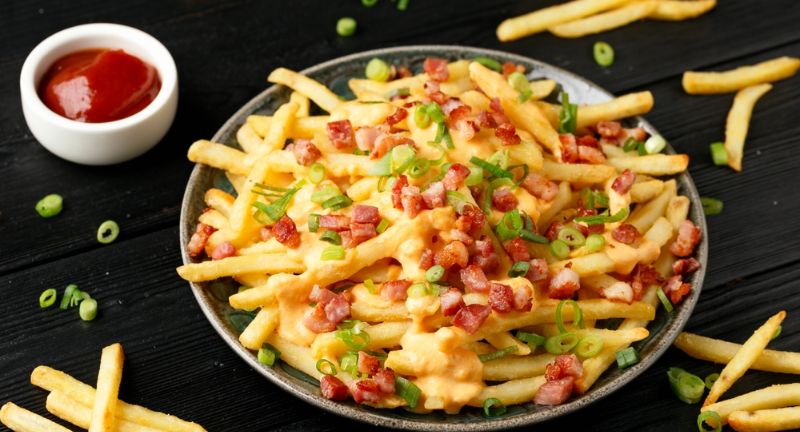
Shutterstock
Cheese fries combine two calorie-dense foods—fried potatoes and melted cheese—resulting in a dish that’s high in fat and sodium. This combination can contribute to weight gain and increased risk of heart disease. Choosing oven-baked fries with a sprinkle of nutritional yeast is a healthier alternative.
Fast Food Burgers
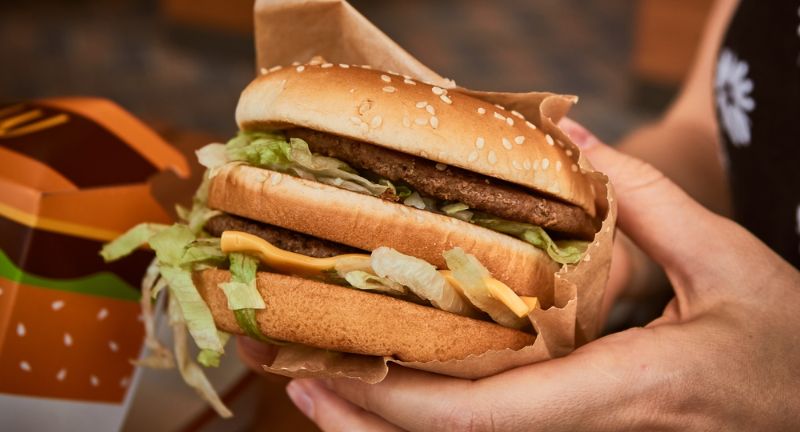
Shutterstock
Fast food burgers are often loaded with saturated fats, sodium, and calories, while offering little nutritional value. The oversized portions and processed ingredients make them a poor choice for regular consumption. Opting for homemade burgers with lean meats and whole-grain buns is a healthier and tastier alternative.
Instant Noodles
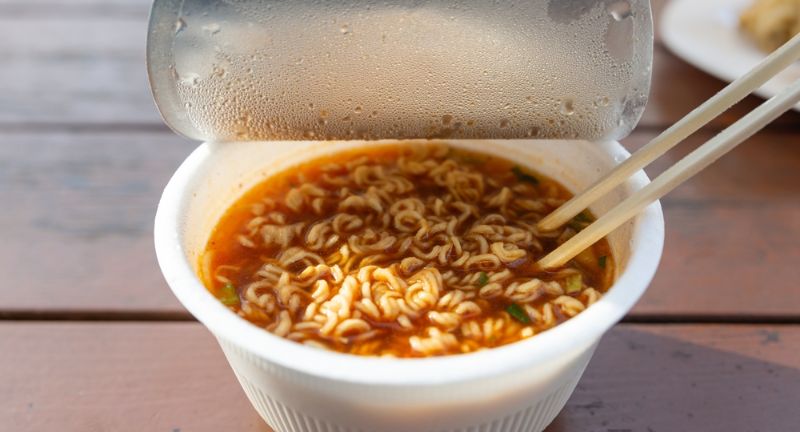
Shutterstock
Instant noodles are a cheap and quick meal, but they’re high in sodium, preservatives, and unhealthy fats. Regular consumption can contribute to hypertension and nutrient deficiencies. Preparing fresh noodle dishes with vegetables and lean proteins is a more nutritious and satisfying option.
Canned Soups

Shutterstock
Canned soups may seem convenient, but they are often loaded with sodium and preservatives. High sodium intake is linked to hypertension and cardiovascular problems. Opting for homemade soups with fresh ingredients allows you to control salt levels. This simple change can significantly improve your diet.
Flavored Yogurts
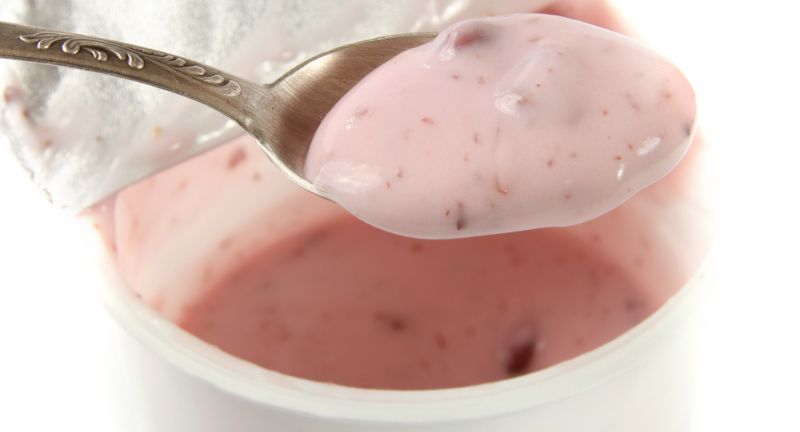
Shutterstock
Flavored yogurts are often marketed as healthy snacks, but they typically contain added sugars and artificial flavors. Choosing plain, unsweetened yogurt and adding fresh fruit or honey is a much healthier option. This swap reduces your sugar intake while maintaining a delicious and nutritious snack.
White Bread
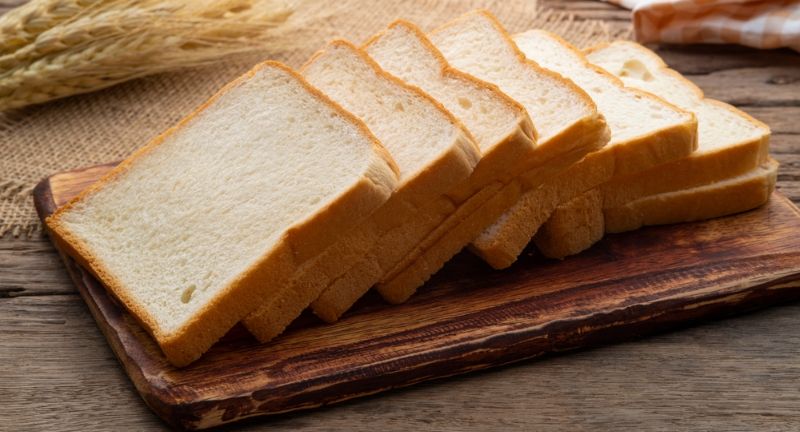
Shutterstock
White bread is made from refined grains, which lack essential nutrients and fiber. Consuming refined grains can cause blood sugar spikes and leave you feeling hungry shortly after eating. Whole-grain bread is a healthier choice, offering more fiber and sustained energy. Look for options with minimal added sugars.
Chicken Nuggets
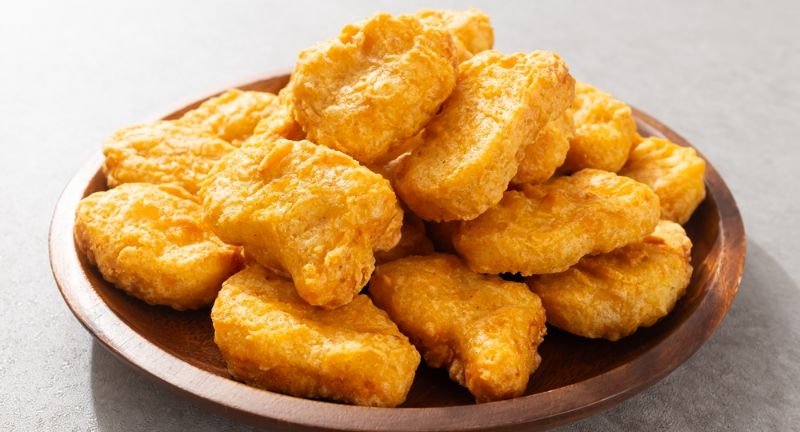
Shutterstock
Chicken nuggets are highly processed and often fried in unhealthy oils. They contain additives, sodium, and low-quality meat, making them a poor nutritional choice. Baking homemade chicken tenders with whole-grain breading is a healthier alternative. This option cuts down on unhealthy fats and additives.
Ice Cream

Shutterstock
Ice cream is a favorite dessert but is packed with sugar, fat, and calories. Regular consumption can contribute to weight gain and increased risk of diabetes. For a healthier alternative, consider making homemade frozen yogurt or sorbets with fresh fruit. Enjoying these treats in moderation is key.
Potato Chips
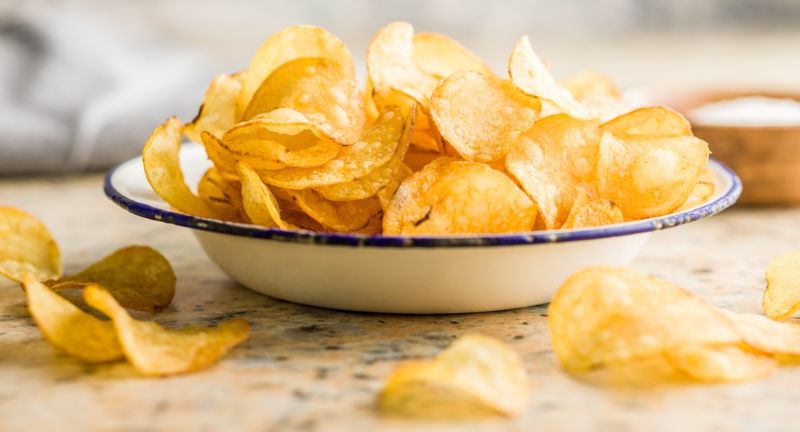
Shutterstock
Potato chips are a popular snack but are high in trans fats, sodium, and calories. Eating them regularly can increase the risk of heart disease and weight gain. Choosing baked chips or making your own veggie chips at home is a healthier option. These alternatives satisfy cravings without the unhealthy side effects.
Frozen Fish Sticks
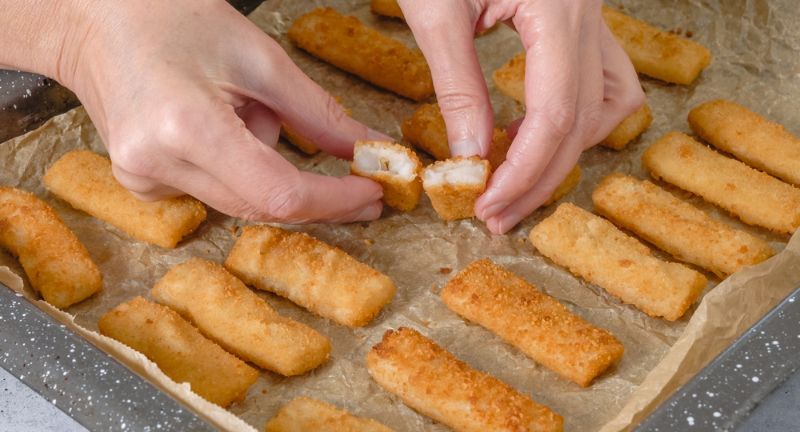
Shutterstock
Frozen fish sticks are often made with processed fish and coated in breading that absorbs unhealthy oils. They are high in sodium and offer minimal nutritional benefits. Baking fresh fish fillets with herbs and spices is a healthier way to enjoy seafood. This alternative provides better flavor and nutrients.
Packaged Granola Bars
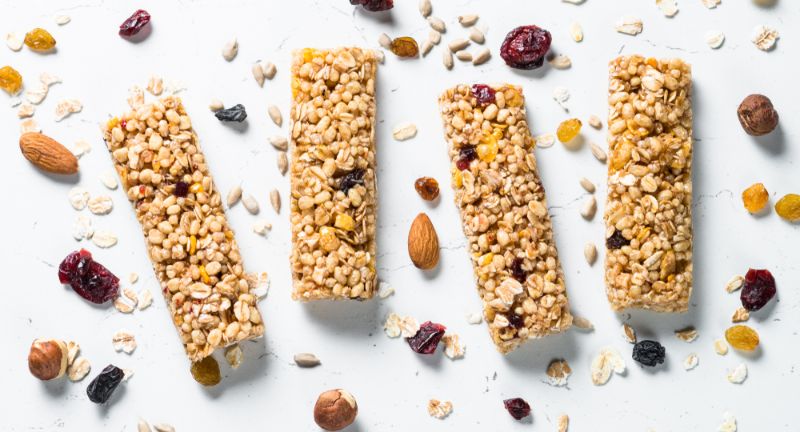
Shutterstock
Granola bars are often marketed as healthy snacks but can be loaded with added sugars and artificial ingredients. Making your own granola bars at home allows you to control the ingredients and reduce sugar content. Look for recipes that include whole grains, nuts, and dried fruits for a nutritious boost.
Fried Chicken

Shutterstock
Fried chicken is a comfort food favorite but is often prepared with high-fat oils and coatings. Regular consumption can lead to weight gain and increased cholesterol levels. Oven-baked chicken with a crispy coating made from whole grains is a healthier alternative. It retains flavor while cutting down on unhealthy fats.
Sweetened Condensed Milk
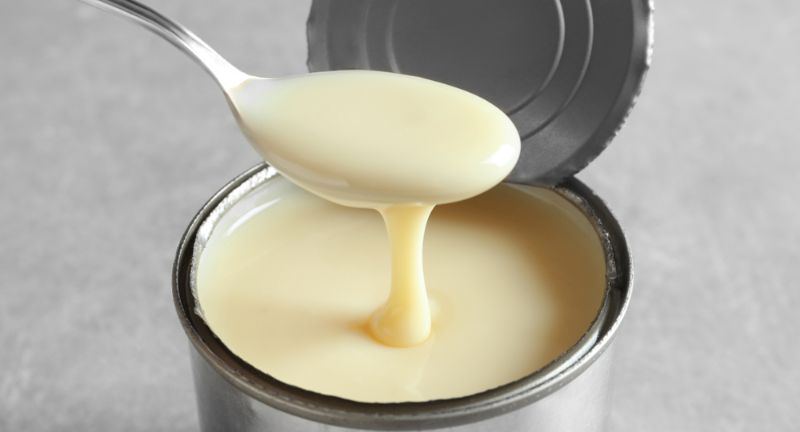
Shutterstock
Sweetened condensed milk is a staple in many desserts but is extremely high in sugar and calories. Consuming it regularly can lead to weight gain and sugar-related health issues. Using unsweetened almond or coconut milk with natural sweeteners is a healthier substitute for recipes. This alternative reduces sugar while maintaining flavor.
Energy Drinks

Shutterstock
Energy drinks are marketed for their quick boost, but they contain excessive caffeine and sugar. These ingredients can lead to heart palpitations, anxiety, and long-term health issues. Choosing natural energy boosters like green tea or a healthy snack is a safer way to stay alert. Avoid relying on these beverages for sustained energy.
Conclusion
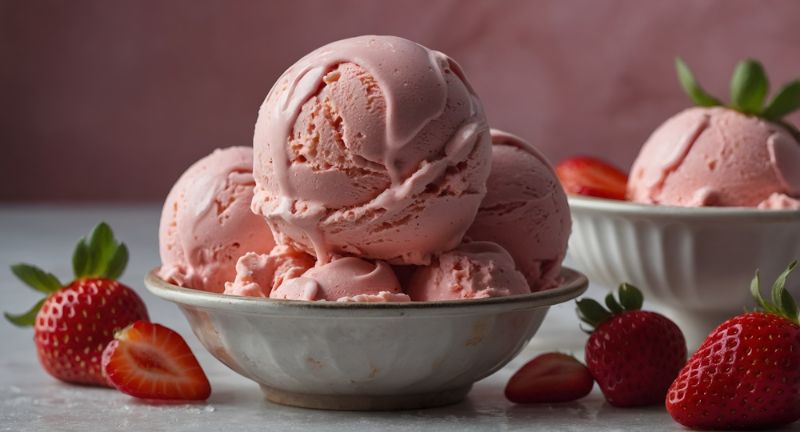
Shutterstock
The foods we choose have a significant impact on our health and well-being. While these 20 items may be tempting, their high levels of unhealthy fats, sugars, sodium, and artificial additives make them a poor choice for regular consumption. By avoiding these options and prioritizing fresh, whole, and nutrient-rich alternatives, you can protect your health and feel your best. Small changes in your diet can lead to big improvements in your overall quality of life.





















